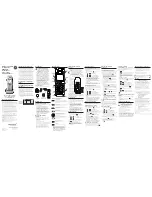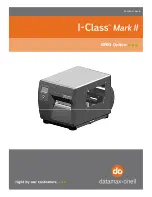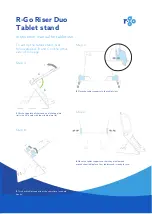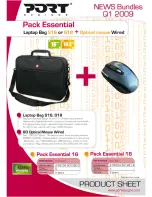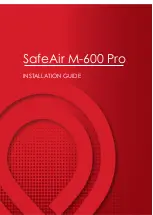
TK 61555-2-MM-EN
117
Figure 95.
Remove Internal Oil Filter from Oil Discharge Tube
1.
Internal Oil Filter
2.
Oil Discharge Tube
5. Place the new internal oil filter on the oil discharge tube and the stud on the oil pickup tube
bracket. Be careful to avoid damaging the O-ring in the oil filter.
6. Install and tighten the nut that fastens the internal oil filter to the stud on the oil pickup tube
bracket.
7. Install the oil sump.
8. Install the compressor in the unit if it was removed.
Checking Compressor Oil Pressure
The oil pressure at the oil pressure access port varies with the suction pressure in the
compressor. Therefore, we need to calculate the “net oil pressure” to determine the actual
compressor oil pressure. The net oil pressure is the pressure at the oil pressure access port
minus the suction pressure below the throttling valve. Use the following procedure to check the
compressor oil pressure.
1.
Attach a suitable oil pressure gauge to the oil pressure access port on the compressor oil
filter, or to the oil pressure access port on the oil pump cover.
2.
Attach the low pressure gauge of a gauge manifold to the fitting on the side of the throttling
valve (or suction valve adapter). This fitting allows you to monitor the suction pressure in the
compressor below the throttling valve.
3.
Start the unit and note the pressure at the oil pressure access port and the suction pressure
below the throttling valve.
4.
Subtract the suction pressure below the throttling valve from the pressure at the oil pressure
access port to get the net oil pressure.
Pressure at Oil Pressure Access Port
–
Suction Pressure Below Throttling Valve
=
Net Oil Pressure
5.
The net oil pressure should be at least 20 psig (1.38 bar). If the net oil pressure is low, first
check the compressor oil level, then check the compressor oil pump and relief valve.































